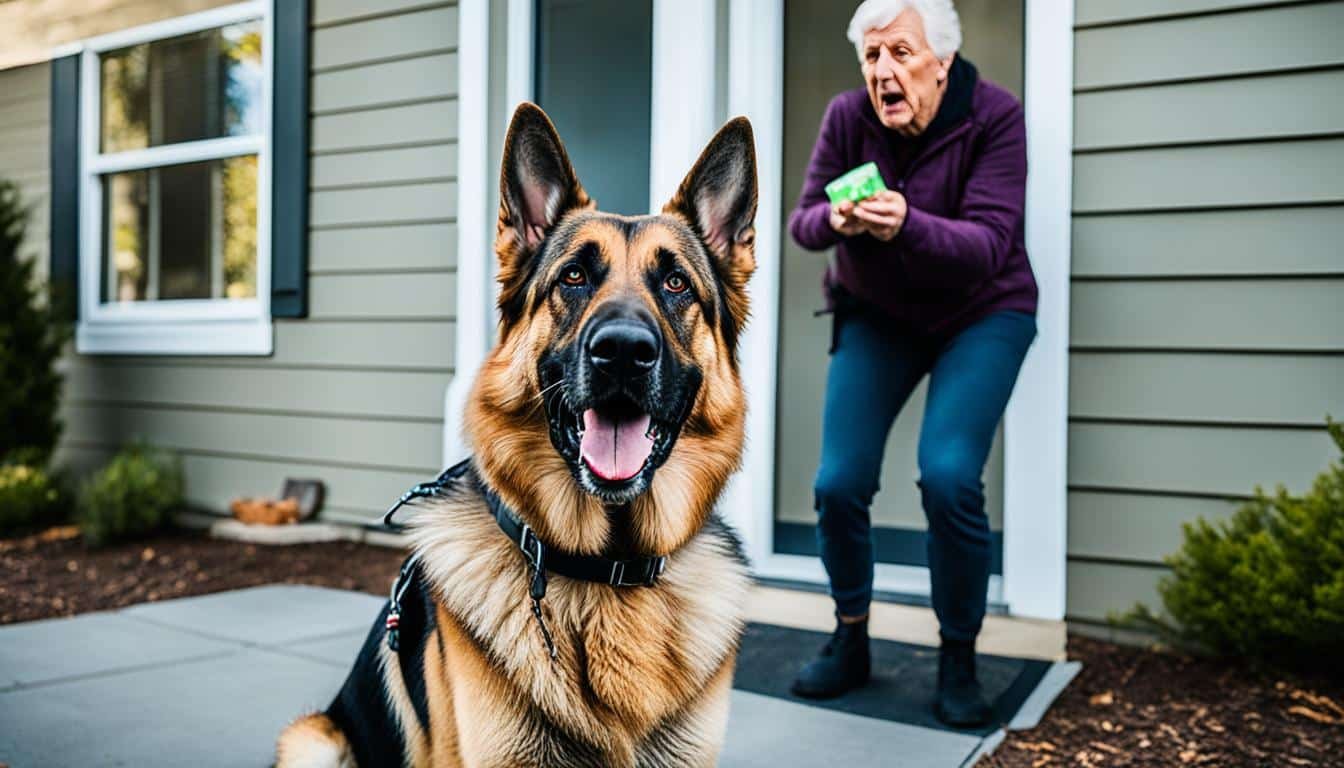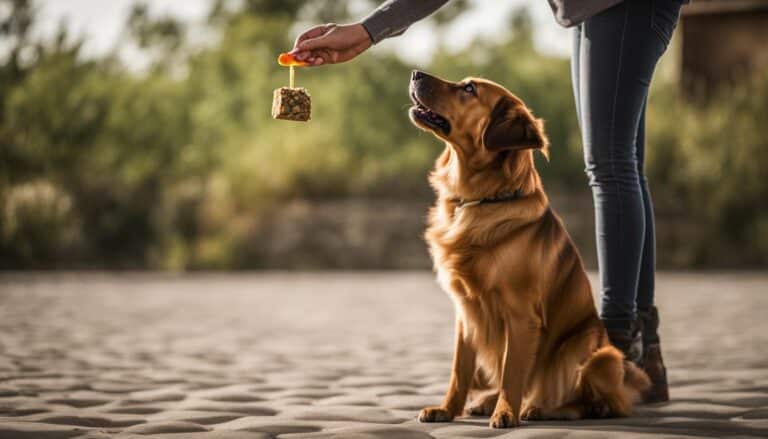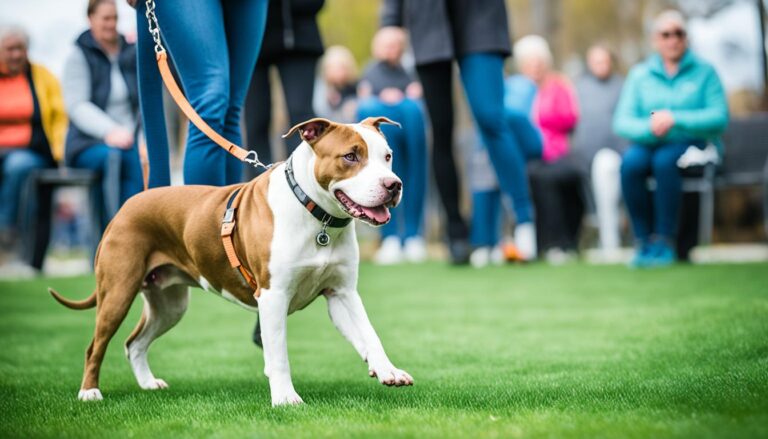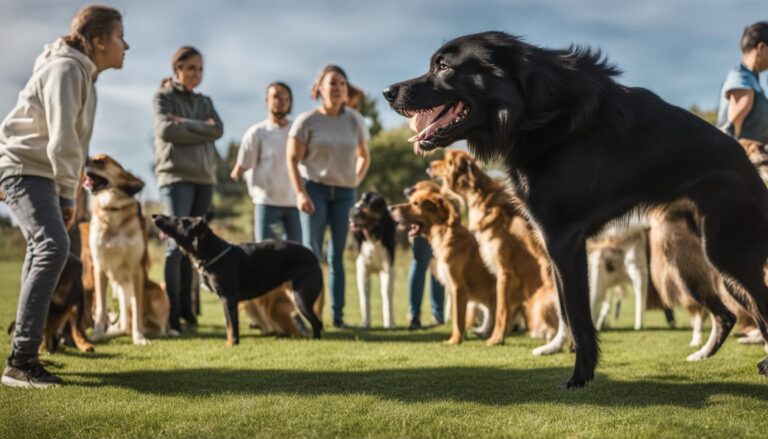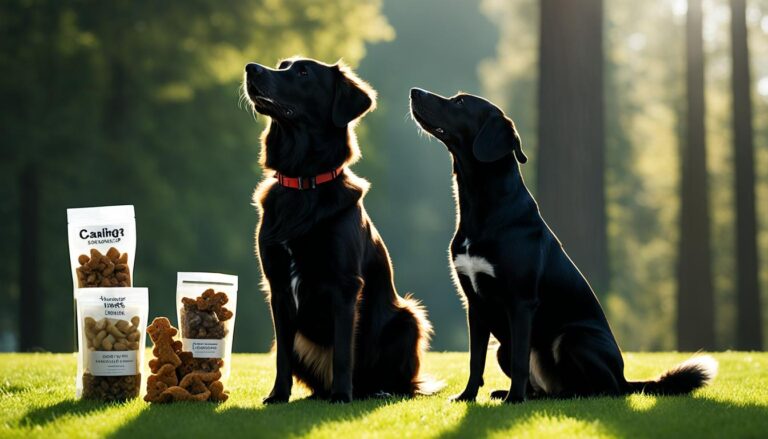How to Train a Territorial Dog
Do you dread taking your dog for a walk in your neighborhood? Does your furry friend turn into a growling and barking mess whenever someone comes near your front door? Dealing with a territorial dog can be incredibly challenging, both for you and for your beloved pet. But take heart, because there are effective training methods that can help address and modify this territorial behavior. In this article, we will explore the reasons behind territorial aggression in dogs and provide you with valuable tips on how to train a territorial dog to be more relaxed and well-behaved.
Reasons Behind Territorial Aggression in Dogs
Territorial aggression in dogs can stem from several factors, the most common being a lack of proper socialization during their formative stage. Dogs that haven’t been exposed to different animals and people may perceive them as threats to their territory, triggering territorial behavior. Poor training and past trauma or abuse can also contribute to territorial aggression in dogs.
When dogs aren’t adequately socialized, they may exhibit territorial aggression because they haven’t learned how to interact with unfamiliar individuals or animals. As a result, they perceive them as intruders and react defensively to protect their perceived territory.
In addition, inadequate training can leave dogs without the necessary guidance to understand appropriate behavior and response. Without clear boundaries and consistent reinforcement, dogs may resort to territorial aggression as a default reaction when they feel threatened or challenged.
Furthermore, dogs that have experienced past trauma or abuse may develop territorial aggression as a defensive mechanism. This behavior is their way of protecting themselves from potential harm or reliving distressing experiences. In such cases, professional intervention and specialized training techniques are crucial for addressing the underlying trauma and modifying their territorial behavior.
Understanding the reasons behind a dog’s territorial behavior is essential for implementing effective training methods and modifying their aggressive tendencies. By addressing poor socialization, providing consistent training, and addressing past trauma, pet owners can significantly reduce territorial aggression in their dogs and create a harmonious living environment.
Signs and Symptoms of Territorial Aggression
Dogs that are territorial may display various signs and symptoms. It’s important for dog owners to recognize these signs and understand that they indicate territorial aggression rather than normal protective behavior. By identifying these signs, you can take the necessary steps to address and train territorial dogs effectively.
- Excessive Barking: Territorial dogs may bark excessively when they feel their territory is being threatened. This can be directed towards people, other animals, or even objects approaching their territory.
- Growling: Growling is a warning sign that a territorial dog may exhibit when they perceive a threat to their space. It serves as an intimidation tactic to deter any potential intruders.
- Lunging: When a dog lunges, they are attempting to create distance between themselves and the perceived threat. It is a defensive behavior that territorial dogs may demonstrate to protect their territory.
- Snapping: Snapping is a quick and sharp movement of the dog’s jaws as a warning signal to back off. It is an aggressive response that territorial dogs may use to establish boundaries.
- Biting: In severe cases, a territorial dog may resort to biting when they feel their territory is being invaded. This is a dangerous behavior that should be addressed immediately to ensure the safety of all involved.
Recognizing these signs of territorial aggression is essential in understanding your dog’s behavior and addressing the issue effectively. By seeking professional guidance and implementing appropriate training techniques, you can help your territorial dog develop better behavior and create a harmonious living environment.

Training Techniques for Territorial Dogs
Training a territorial dog requires a combination of techniques to modify their behavior. To effectively manage territorial aggression in dogs and promote positive behavior, consider the following tips:
- Obedience Training: Start with a solid foundation of obedience training. Teach your dog basic commands such as sit, stay, come, and leave it. This establishes your role as the leader and helps your dog understand boundaries.
- Reward Calm Behaviors: Reinforce and reward calm behaviors displayed by your dog. Whenever your dog remains calm when faced with potential triggers, praise and reward them. This helps to reinforce and encourage the desired behavior.
- Exercise and Mental Stimulation: Ensure that your dog receives plenty of exercise to release excess energy. Engage them in mental stimulation activities such as solving puzzles, learning new tricks, or participating in canine sports. This helps to redirect their energy and focus positively.
- Restricted Access: Make it difficult for territorial aggression to occur by restricting your dog’s access to certain areas. Use baby gates or barriers to block off spaces that trigger territorial behavior. This helps to create a controlled environment and reduces the likelihood of aggressive responses.
- Positive Reinforcement: Utilize positive reinforcement techniques to enforce desired behaviors. Reward your dog with treats, praise, and affection when they exhibit non-aggressive and obedient behavior. This helps to strengthen the training and encourages your dog to continue displaying positive behavior.
By implementing these training techniques, you can effectively manage and modify the territorial behavior of your dog. Training requires consistency, patience, and positive reinforcement. Remember to consult with a professional dog trainer or behaviorist for additional guidance tailored to your specific dog’s needs.

Managing Territorial Aggression
Managing territorial aggression in dogs is essential for creating a harmonious and safe environment. By implementing effective behavior modification techniques and seeking professional guidance, you can help your possessive dog overcome their territorial instincts.
One approach to managing territorial aggression is through gradual exposure to stimuli that trigger your dog’s territorial behavior. This can be done using counter-conditioning and desensitization techniques. By gradually introducing the triggers in a controlled setting and pairing them with positive experiences or rewards, you can help your dog develop a more positive association and reduce their aggressive response.
In some severe cases, medication may be necessary to manage the aggression. Work closely with a veterinarian or animal behaviorist to determine if medication is appropriate and develop a comprehensive treatment plan.
However, it’s important to note that managing territorial aggression in dogs should not be done alone. Seeking professional help from a dog trainer or behaviorist who specializes in aggression issues is crucial. They can assess your dog’s behavior, create a tailored training plan, and guide you through the process of managing and modifying your dog’s territorial aggression.
Remember, dealing with a possessive dog requires consistency, patience, and a commitment to their well-being. With the right approach and support, you can improve your dog’s behavior and create a more peaceful living environment for everyone involved.
Preventing Territorial Aggression
To ensure a well-adjusted and harmonious canine companion, it is essential to take proactive steps in preventing territorial aggression in dogs. Early socialization plays a crucial role in developing a confident and well-rounded dog. By exposing puppies to a variety of people, animals, and environments, you can help them become comfortable and reduce the likelihood of territorial behavior as they grow.
In addition to early socialization, teaching dogs basic obedience commands is vital in preventing the escalation of territorial aggression. By establishing clear boundaries and reinforcing calm behaviors, you can lay a strong foundation for better behavior management. Remember to consistently reward your dog for exhibiting desirable behaviors, such as staying calm in the presence of perceived threats.
Regular exercise and mental stimulation are also key in preventing territorial behavior. A tired and mentally stimulated dog is less likely to engage in territorial aggression. Engage your dog in challenging activities, such as puzzle toys or interactive games, to keep their mind engaged and reduce anxiety levels. Incorporating physical exercise into your dog’s routine will help release excess energy, promoting overall well-being.
By prioritizing early socialization, reinforcing obedience training, and providing appropriate outlets for physical and mental exercise, you can reduce the risk of territorial aggression in your dog. Remember to consult with a professional dog trainer or behaviorist for additional guidance and support in preventing and managing territorial behavior.
Diagnosing and Understanding Territorial Aggression
Territorial aggression in dogs can manifest through various behavioral signs, but diagnosing and understanding its underlying causes is essential for effective training and management. By observing your dog’s behavior and identifying the triggers that elicit aggressive responses, you can gain insight into their territorial aggression.
Some common behavioral signs of territorial aggression include:
- Excessive barking when someone approaches their territory
- Show of aggression, such as growling, lunging, or snapping, towards unfamiliar people or animals near their territory
- Guarding possessions or specific areas in the house
To truly understand the factors contributing to your dog’s territorial aggression, it’s important to consider the underlying causes. Lack of socialization during their formative stage, experiences of anxiety or fear, or past traumatic events can all play a role in triggering territorial behavior. By identifying these underlying causes, you can develop a targeted training plan that addresses your dog’s specific needs.
To accurately diagnose and understand your dog’s territorial aggression, it’s highly recommended to consult with a veterinarian or professional dog trainer. They have the expertise to assess your dog’s behavior comprehensively, rule out any underlying medical conditions, and provide tailored guidance for managing and modifying territorial aggression.
Understanding the diagnosis and underlying causes of territorial aggression is the key to developing an effective training plan that can help your dog overcome their territorial behavior and create a harmonious living environment for you and your furry friend.
Living with a Territorial Dog
Living with a territorial dog can be challenging, but with patience, consistent training, and effective management techniques, you can create a harmonious living environment for both you and your furry friend. While complete elimination of territorial behavior may not be possible, it can be effectively managed through understanding and training.
Obedience training is a crucial aspect of living with a territorial dog. Teaching your dog basic commands such as sit, stay, and come not only establishes you as the leader but also provides the dog with a sense of structure and security. By consistently reinforcing these commands, you can help redirect your dog’s territorial impulses and foster better behavior.
In addition to obedience training, it’s important to provide your dog with mental and physical stimulation. Engaging your dog in stimulating activities such as puzzle toys, interactive play sessions, and daily exercise can help channel their energy in a positive way and reduce their territorial tendencies. A tired dog is often a well-behaved dog.
Lastly, positive reinforcement is key to managing territorial behavior. Reward your dog for calm and non-aggressive behavior with treats, praise, or affection. By consistently reinforcing desirable behavior and ignoring or redirecting unwanted behavior, you can make significant progress in managing your territorial dog.
